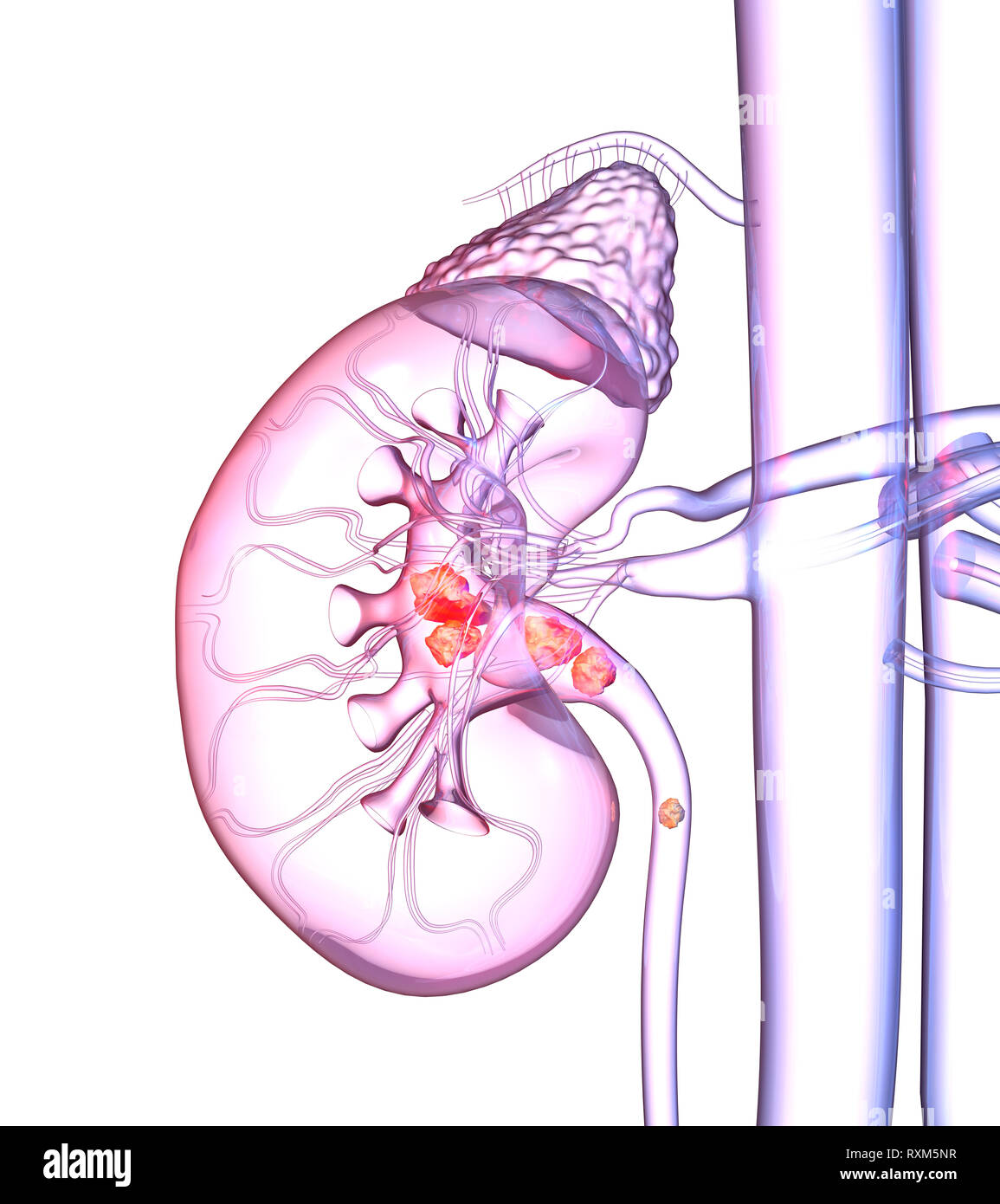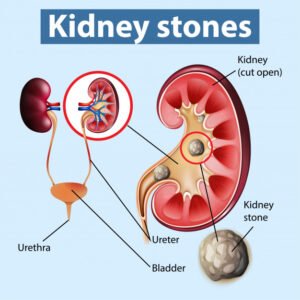
Indeed, 35 to 40% of pheochromocytomas are associated with a germline mutation, justifying a genetic analysis in this patient. This currently affects up to 47% of cases, particularly in the context of incidentaloma investigations and family screening. The peculiarity here was the absence of symptoms, especially arterial hypertension. A pheochromocytoma was confirmed histologically. The tumor was 5cm long and fixed individually on MIBG scintigraphy and PET scan. Plasma levels of normetanephrine and metanephrine were increased and highly pathological. One year later, the patient remained asymptomatic and normotensive. 24h normetanephrines urinary excretion and metanephrines to creatinine ratio were elevated. Hormonal assays did not favor a primary hyperaldosteronism, or a hypercortisolism. During the clinical interview, no discomfort, sweat attack, headache, or palpitation was reported by the patient.


Blood pressure was 90/61mmHg, without orthostatic hypotension. In 2006, a tissue mass of 3cm of the right adrenal gland, homogeneous, measured at 3.5cm in 2007 was noted. A 31-year-old patient was followed for cystinuria, justifying CT scans.


 0 kommentar(er)
0 kommentar(er)
